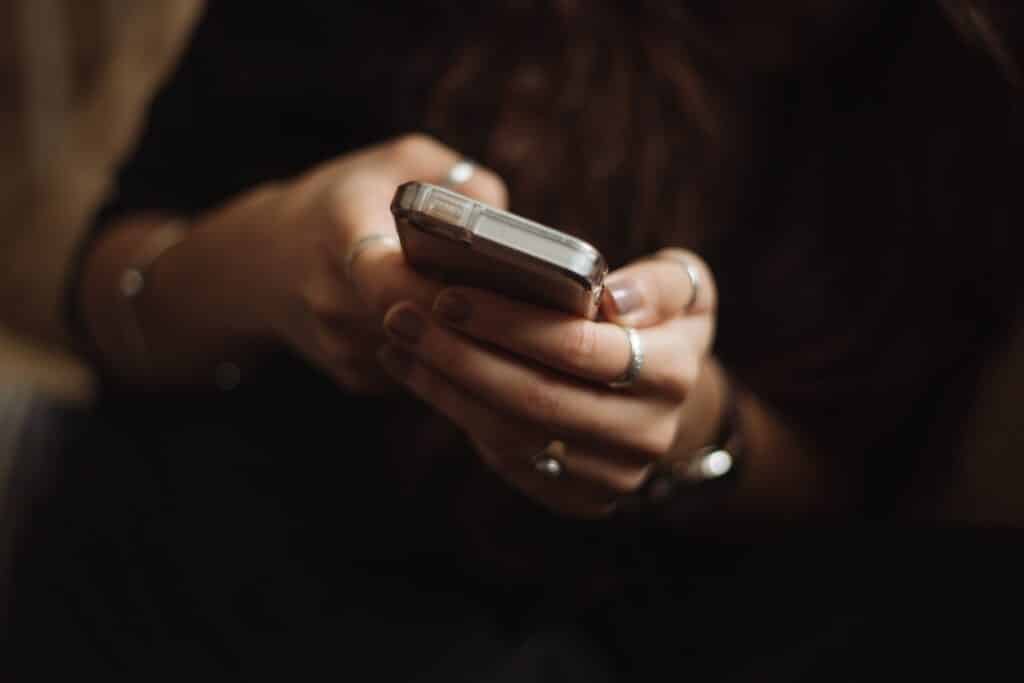If you’re a small business owner, sole proprietor, or an independent contractor, you may be eligible for the Paycheck Protection Program, or PPP loan. The purpose of this loan is to help keep your business operating, especially if it means being able to keep paying your employees (yes, yourself too!). Many people don’t realize they might qualify for these loans, particularly immigrants to the United States.
At Remitly, we know that a fair number of our customers are business owners or independent contractors. Immigrant-owned businesses help keep the economy afloat. According to New American Economy, a bipartisan research and immigration advocacy organization, 3.2 million immigrants in the United States ran their own businesses in 2019.
If you’re one of these business owners or sole proprietors, you might be eligible for a PPP loan.

The PPP loans are designed to help during the COVID pandemic, similar to the stimulus check program; these loans, however, work a little differently. While they must be paid back, in many cases the loan proceeds can be forgiven—as long as you can prove the money went to qualified expenses. Even if you’re not sure if you’re eligible, it’s a good idea to find out.
Let’s take a look at exactly what the First Draw PPP loan is, how to know if you qualify, and your next steps.
The deadline for applying for a PPP loan is March 31, 2021. So don’t delay!
What is the Paycheck Protection Program?
The Paycheck Protection Program is meant to help small businesses and those who are considered self-employed to ensure that their employees are still on the payroll.
The loan itself has a 1% interest rate but can be forgiven if the business meets all criteria, including using the funds for eligible expenses and meeting employee retention requirements.
What Can I Use the PPP Loan For?
The list of eligible expenses has expanded to include more than just rent, utilities, and payroll costs. Now you can use your loan proceeds to cover any property damage costs that occurred in 2020 that weren’t covered by insurance.
Other expenses include any costs having to do with operations, such as:
- Accounting software;
- Purchasing goods essential to your business;
- Personal protective equipment for yourself or employees; or
- Improvements to the property to ensure compliance with CDC guidelines.
This is not an exhaustive list. If you’re not sure whether an expense qualifies, it doesn’t hurt to ask.
Even though you’re asked to pay the loan back, you can have the loan proceeds forgiven.
Adam J. Williams, Esq., founder of Rust Belt Business Law in Erie, Pennsylvania, says that the First Draw PPP loan can also be forgiven if you use the proceeds for non-payroll costs.
“In order to qualify for total forgiveness of the PPP loan, at least 60% of the loan proceeds must be spent on payroll that is reported through W-2 wages,” he says. “40% or less of the proceeds may be used on qualifying non-payroll costs.”
However, Williams stresses that there may be limits on how much you can use for owner payroll or for individuals who make over $100,000 per year. If you receive a First Draw PPP loan and want to qualify for loan forgiveness, it’s best to consult an accountant who specializes in helping small businesses for assistance.
If you don’t qualify to have your loans forgiven, you will have to pay back the loan within five years at a 1% interest rate. Your payments will be deferred for 10 months after the end of the covered period, which is anywhere from eight to 24 weeks.

How Do I Know if I’m Eligible for the First Draw PPP Loan?
The good news? You don’t need to be a U.S. citizen to qualify for the First Draw PPP loan.
“As long as you’re a lawful resident, you can apply for the loan,” says Jacob Dayan, Esq. CEO and co-founder of Community Tax in Chicago, Illinois. “The Small Business Association has a list of who can qualify.”
Lawful permanent residents are those who are authorized by the U.S. government to be able to accept offers of employment and live permanently in the country. This means that if you’re a green card holder, you’re eligible to apply for the First Draw PPP Loan.
According to the Small Business Association (SBA), if you were in business before February 15, 2020, are still open, have no more than 500 employees (per location), and current events have made it difficult for you to sustain your business, then you can qualify.
Others who might qualify include non-profit organizations, tribal businesses, or a veteran’s organization that meets the SBA industry size standard (this will vary by industry).

I’m a 1099 Independent Contractor. Do I qualify for a PPP loan?
Independent contractors, the self-employed, and sole proprietors can qualify for the Paycheck Protection Program. In other words, you don’t have to pay employees or rent office space to qualify for one of these loans. If you’re a gig worker such as a ride-share driver, nanny, or have a repair or cleaning service, you could qualify as well.
Read more here about how PPP loans work for the self-employed. Uber is offering a comprehensive website for its drivers, available to anyone, on how to apply for a PPP loan; search by your location here.
If you’re still unsure about whether you qualify, Dayan recommends checking the Small Business Association website to make sure you’re eligible.
How Much Can I Get?
The amount you may qualify for depends on your operating and payroll costs. In most cases, your business will be eligible for up to 2.5 times your average costs for payroll. You can calculate these costs using the 2019 or 2020 calendar year, or one calendar year period before you apply for the loan.
There are some exceptions depending on the nature of your business. For instance, if your business falls under the food and accommodation industry (businesses with a NAICS code starting with 72), you may be eligible for up to 3.5 times the average monthly payroll costs.
Other exceptions include sole proprietors, independent contractors and LLC partnerships who don’t have payroll. If that’s you, you can use your gross income (or average monthly distribution for partnerships) to calculate your loan amount, up to 2.5 times your monthly salary.
Applying For the First Draw PPP Loan
If you need a First Draw PPP loan and can meet the eligibility requirements, you’ll need to contact a lender that can work with you. Dayan and Williams say your best bet is to head to the SBA’s Lender Match website to look for a lender in your area.
From there, follow what your lender says. Generally, Dayan says that you’ll need to provide them with documentation showing proof of payroll, your revenue has declined, along with a government-issued ID.
Because applications for loans will close on March 31, 2021, you’ll want to apply as soon as possible.

Your Next Steps
The First Draw PPP Loan can be a great way to help your business see the light at the end of the tunnel. Even if you can’t qualify for loan forgiveness, the 1% interest rate is much lower than what you might find with other types of business loans (and especially credit cards). Of course, it’s not for everyone, and you may not qualify, so speak with a lender or look at the SBA website to check.
If you don’t qualify, you can look into alternatives like the Economic Injury Disaster Loan. Through the EIDL, you can borrow up to $2 million. There’s also the Employee Retention Tax Credit if you paid COVID-19 related sick leave.
Otherwise, as soon as you receive your PPP loan proceeds, to make sure your bookkeeping and record keeping are up to date. That way, you’ll have plenty of evidence to prove that you use your funds for qualified expenses, helping you get that much closer to having the loan forgiven.